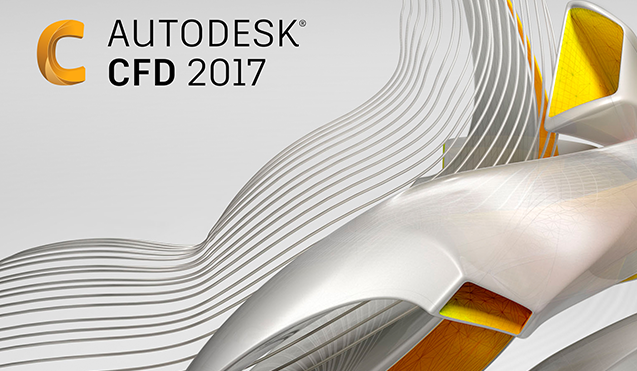
Autodesk CFD provides computational fluid dynamics and thermal simulation tools so you and your team can more easily predict product performance, optimize designs, and validate your product behavior prior to prototyping and manufacturing.
This recap of a recent Autodesk Virtual Academy session features James Neville – a simulation expert with a specialty in CFD at Autodesk.
Watch the Webcast
Before we jump into key takeaways from the webcast, let’s take a look at the full presentation.
Take note of how James takes the viewers through Autodesk CFD’s ability to provide qualitative and quantitative simulation information. The Design Study Bar, located on the left side of the software, is packed with measurement tools like ‘h value’, ‘heat flux’, and ‘velocity vectors’ (which show the direction of fluid flow).
Autodesk Simulation Products
Autodesk has a wide range of simulation software tools for testing things like structural mechanics, structural architecture, molding, composite materials, and flow and thermal analysis. Autodesk CFD falls into the flow and thermal analysis category.
Autodesk CFD allows designers and engineers to analyze their fluid flow or heat transfer problems. Users typically take their geometry from CAD, meaning you can bring in a 3D solid or 2D shape and bring it right into CFD. Autodesk CFD sets itself apart in how you analyze data. The interface is geared towards looking at more than one design or multiple scenarios at one time to find the best design based on the most important criteria.
One of the biggest benefits Autodesk CFD has over other available analysis tools on the market is its ability to be CAD neutral. Neville explains that it doesn’t matter where your CAD data comes from. Whether it’s Inventor or SolidWorks, Autodesk CFD has you covered.
Q&A
After James went through a live demonstration of the tool, the webcast went into Q&A with viewers on the live session. Here’s a recap of what was asked.
Can you provide more detail on the differences between CFD, CFD Advanced, & CFD Motion?
There are 3 levels of the CFD solver. CFD Advanced allows the user to test transient flows (i.e. testing heat levels over a period of time) and compressible flows. CFD Motion is designed to let moving solids move through the flow for more efficient testing. 80% of Autodesk users use the advanced package since it includes most analysis types they need to do their day-to-day work.
We’re experimenting with a flow-driven motion of a solid part and are in need of more resources in this area. Can you help?
There’s a very active online forum to point you in the right direction that you can find at SimHub.Autodesk.com.
Sign up for Autodesk Virtual Academy, weekly, web-based training webcasts offered from KETIV. Develop your skills, get your questions answered, and share your knowledge as part of the community.